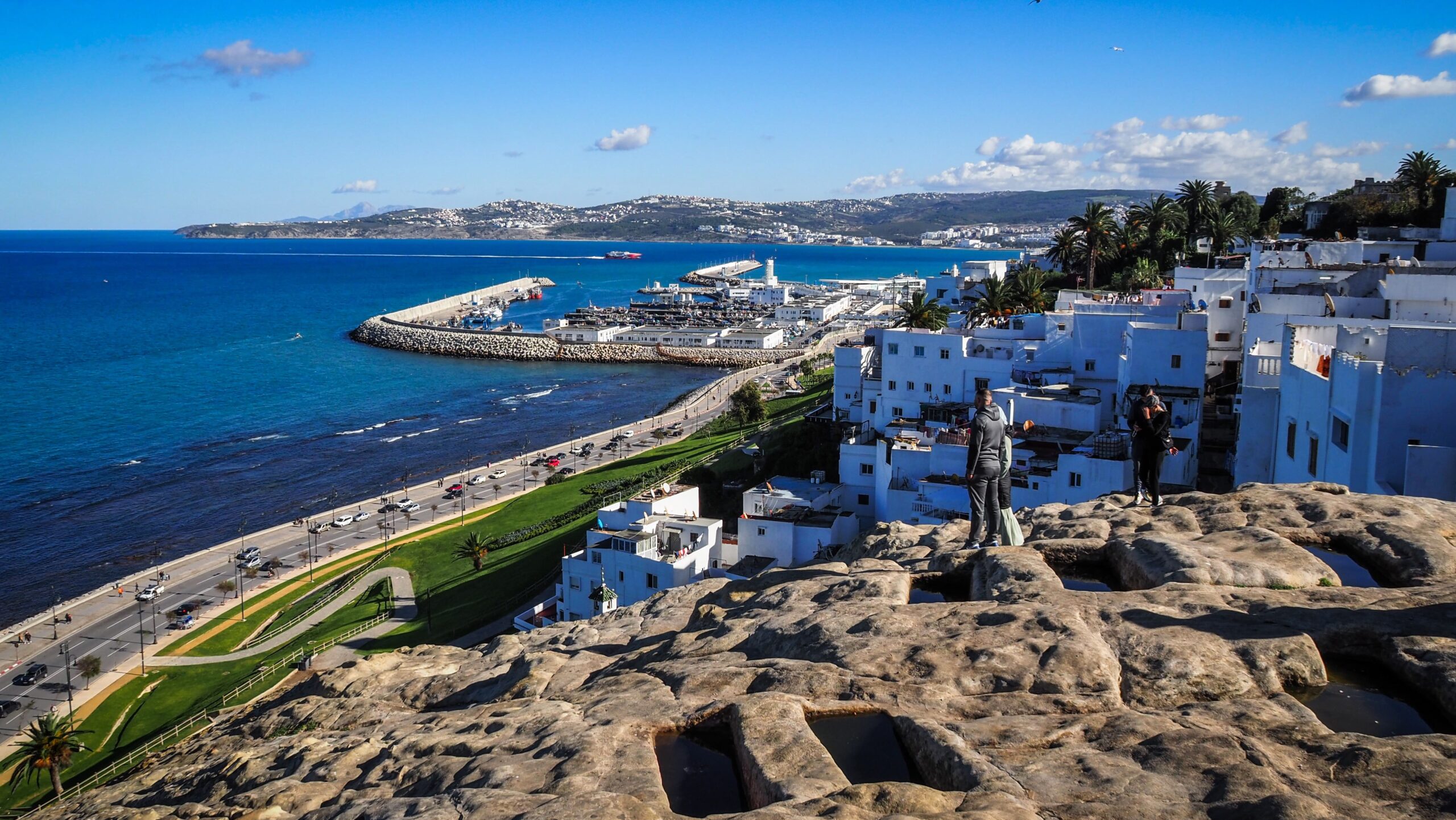
Tangier, a vibrant port city in northern Morocco, stands as a testament to centuries of diverse cultural influences. Situated strategically on the Strait of Gibraltar, it has long been a gateway between Africa and Europe, shaping its unique character and rich heritage.
As of 2004, Tangier had a population of 669,685 residents. This figure underscores its significance as a major urban center in Morocco.
Tangier's history is as multifaceted as its landscape, dating back to the Phoenician trading posts of the 1st millennium BCE. It transitioned through various empires, becoming a Carthaginian stronghold before its capture by the Roman general Quintus Sertorius in 81 BCE. Under Roman rule, it was known as Tingis and served as the capital of the province of Mauretania Tingitana.
Following the decline of the Roman Empire, Tangier experienced brief occupations by the Vandals and the Byzantine Empire. The arrival of the Arabs in the 7th century marked another pivotal moment, with Tangier playing a crucial role in the Muslim invasion of Spain. For centuries, it alternated between Muslim Spanish and Moroccan rule, notably under the Almoravids.
The city's strategic importance made it a prize for European powers. It was captured by the Portuguese in 1471, then passed to Spain in 1580, and later returned to independent Portugal. In 1662, it was transferred to the English crown as part of Catherine of Braganza's dowry to Charles II. However, the English abandoned it in 1684 due to high maintenance costs and continuous Moroccan attacks.
The late 18th and 19th centuries saw Tangier re-emerge as the diplomatic capital of Morocco, attracting numerous foreign consulates and becoming a hub of international intrigue. Its unique status was formalized in 1912 when it became an international zone, administered by several colonial powers, a status it maintained until Morocco gained independence in 1956.
Tangier continues to captivate visitors with its blend of history, culture, and natural beauty, making it an unforgettable destination.